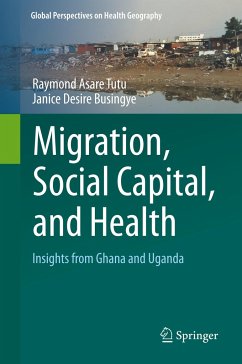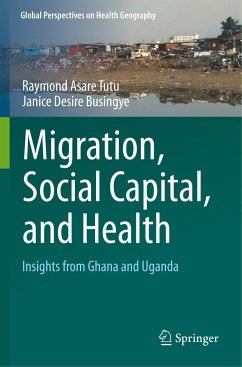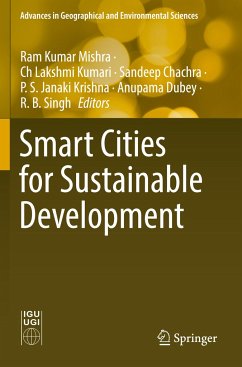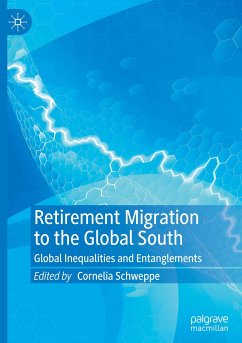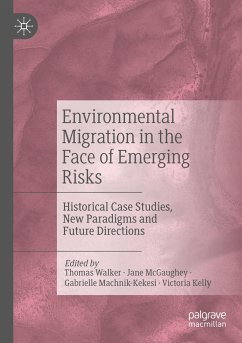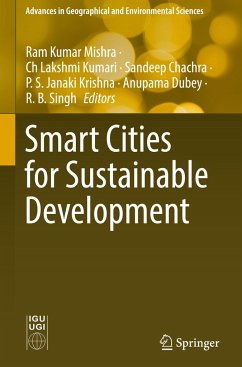
Migration Patterns and Intentions of Floating Population in Transitional China
The Road for Urban Dream Chasers
Versandkostenfrei!
Versandfertig in 6-10 Tagen
121,99 €
inkl. MwSt.
Weitere Ausgaben:

PAYBACK Punkte
61 °P sammeln!
This book investigates domestic migration and migration intentions in China from the individual, city, and provincial levels. Since the 1990s, accompanying the rapid urbanization, an important feature of China's social transition is its large-scale interregional migration, which has reshaped China's economic geography and population distribution and greatly affected the socio-economic development. The floating population, migrants working and living in the destination cities without local hukou, have aroused wide public concern in the past decades. Based on China's national population census d...
This book investigates domestic migration and migration intentions in China from the individual, city, and provincial levels. Since the 1990s, accompanying the rapid urbanization, an important feature of China's social transition is its large-scale interregional migration, which has reshaped China's economic geography and population distribution and greatly affected the socio-economic development. The floating population, migrants working and living in the destination cities without local hukou, have aroused wide public concern in the past decades. Based on China's national population census data and China Migrants Dynamic Survey data, this book comprehensively employs statistical analysis, spatial analysis, network analysis, econometric and spatial econometric methods to analyze the spatial pattern and influencing mechanism of internal migration and migration intentions of floating population from different levels and different perspectives. The research results of this bookhave significant policy implications for the urban governance on the floating population. The novelty of this book is that it comprehensively investigates domestic migration and migration intentions from the individual, city and provincial levels, combining their spatial patterns and network structures. It not only provides a wealth of case studies for domestic migration research in China, but also broadens the research scope of spatial demography by employing new methods of spatial econometrics (such as MGWR and ESF). This book is suitable for undergraduates and graduates majoring in Human Geography, Regional Economics, Urban Planning and Urban Governance, as well as related researchers and practitioners.




